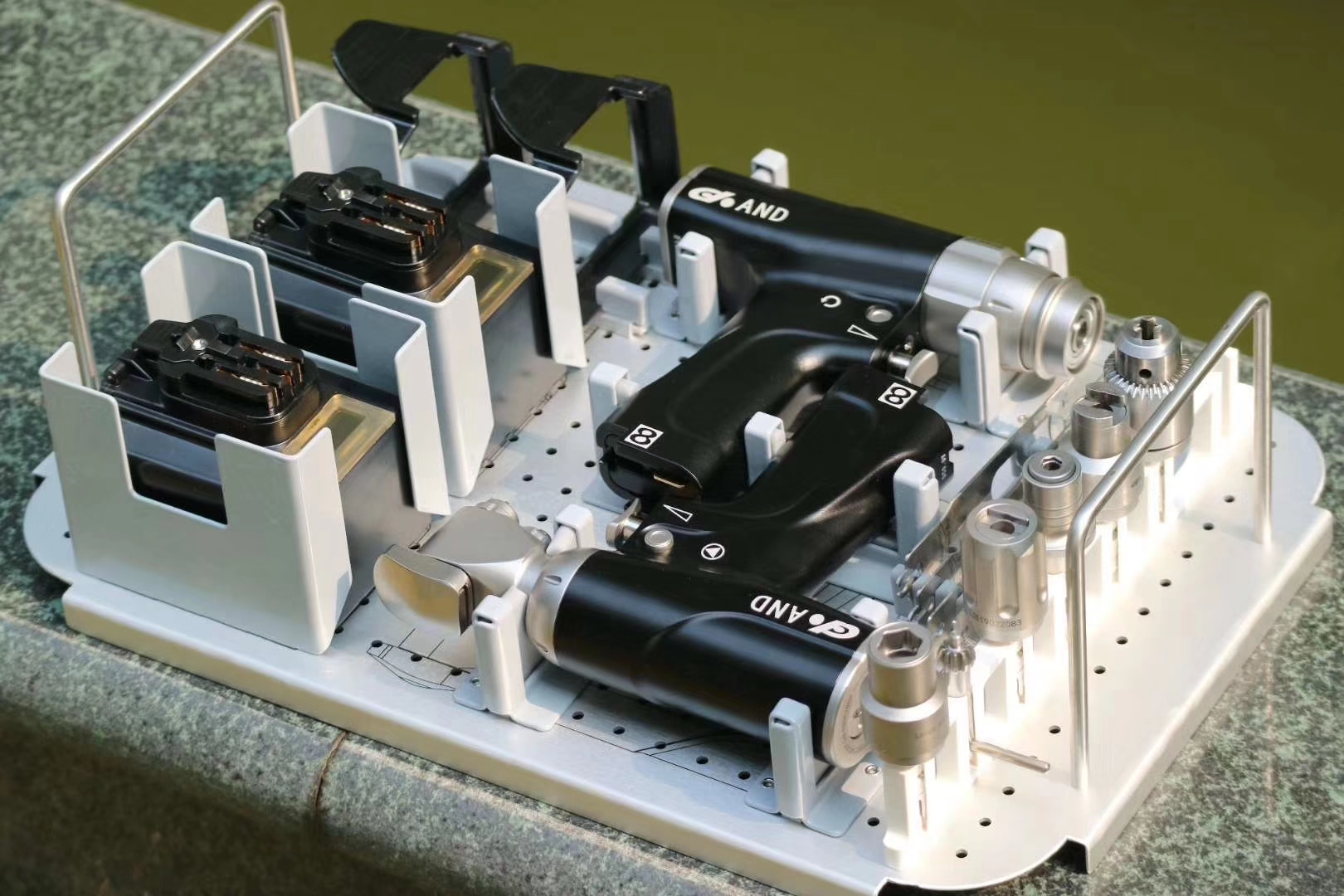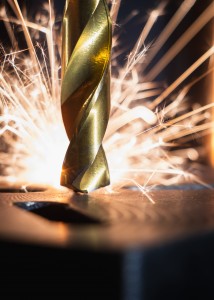
Foto von Greg Rosenke auf Unsplash
Power tools involve various types of technologies, and battery technology is one of the key technologies for battery-powered power tools. In the past, nickel-cadmium batteries were commonly used in battery-powered power tools. However, nickel-cadmium batteries have disadvantages such as environmental pollution, small battery capacity, and short lifespan, which limits their applications. Lithium batteries, on the other hand, have advantages such as high voltage, large specific energy, long cycle life, and good safety performance.
1.The characteristics and requirements of general power tools
The upstream industries of the power tool industry mainly include the non-ferrous metal industry and the plastic industry. The downstream industries include home decoration, wood processing, metal processing, automobile maintenance, road construction, shipbuilding, aerospace, and other industries. There are various types of power tools, such as electric drills, electric screwdrivers, electric hammers, and electric wrenches. These power tools can greatly save users' effort.

Foto von famingjia inventor auf Unsplash
They have gradually replaced nickel-cadmium batteries as the most important power source. In recent years, lithium-ion battery technology has continued to develop, and its applications have become more extensive. Power tool manufacturers have increased their research and development efforts in lithium-ion battery power tools. In general, electric tools need to have good safety performance and strong adaptability in order to achieve the goals of long cycle life, large capacity, and low discharge rate after full charge.

Foto von Alexander Andrews auf Unsplash
2. The characteristics of surgical power tools
The characteristics of surgical power tools differ from general industrial or household power tools. Surgical power tools have specific requirements for sterilization, high reliability, high power and performance, high motor efficiency, precise control, and low vibration.
Medical power tools are classified according to different types of surgery, such as plastic surgery, ENT, neurospine, orthopedic surgery, arthroscopic planer, surgical robot, skin transplantation, craniotomy, and more. Compared to general and household power tools, medical power tools have higher requirements, especially for the motor.
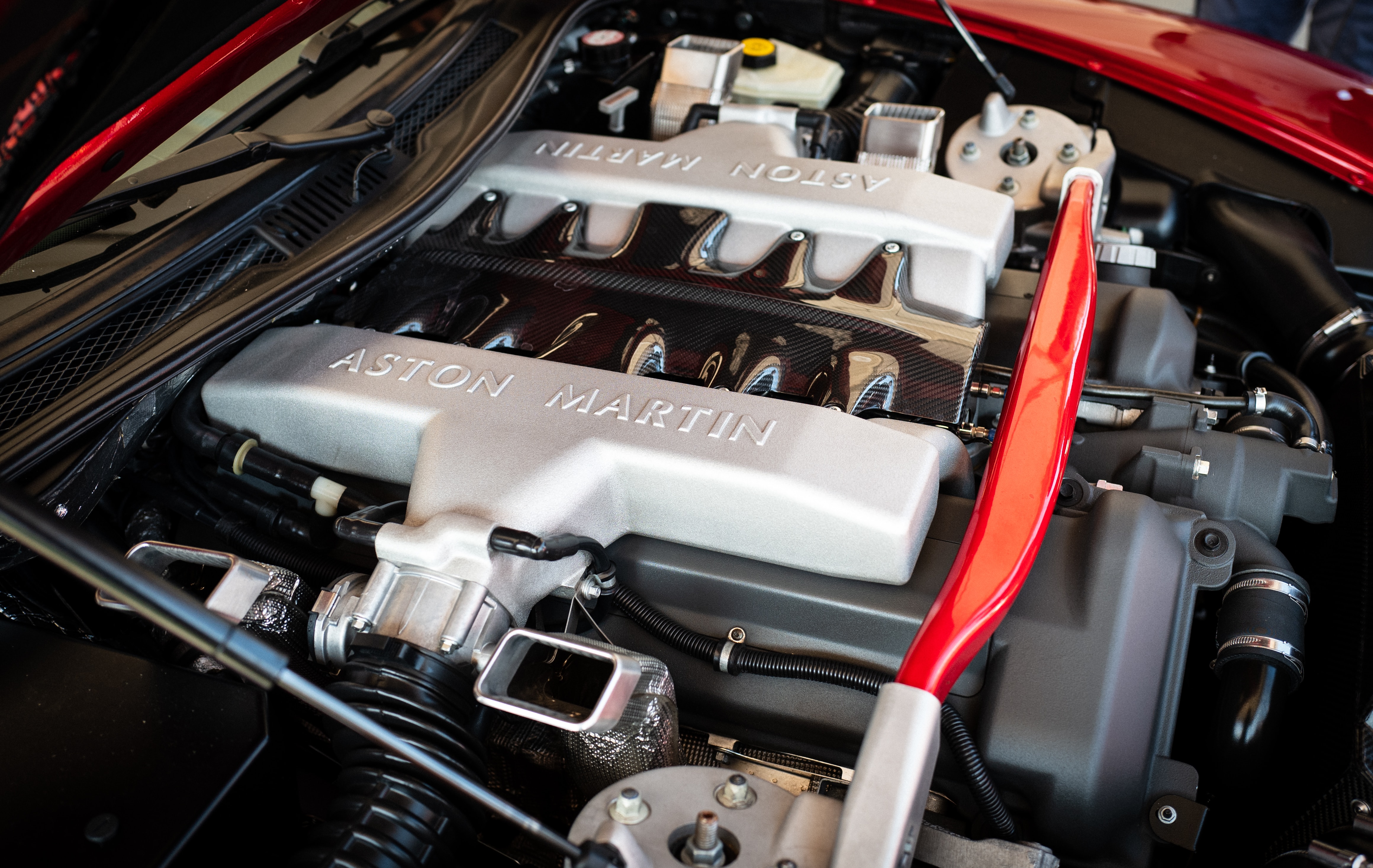
Foto von Sam Freeman auf Unsplash
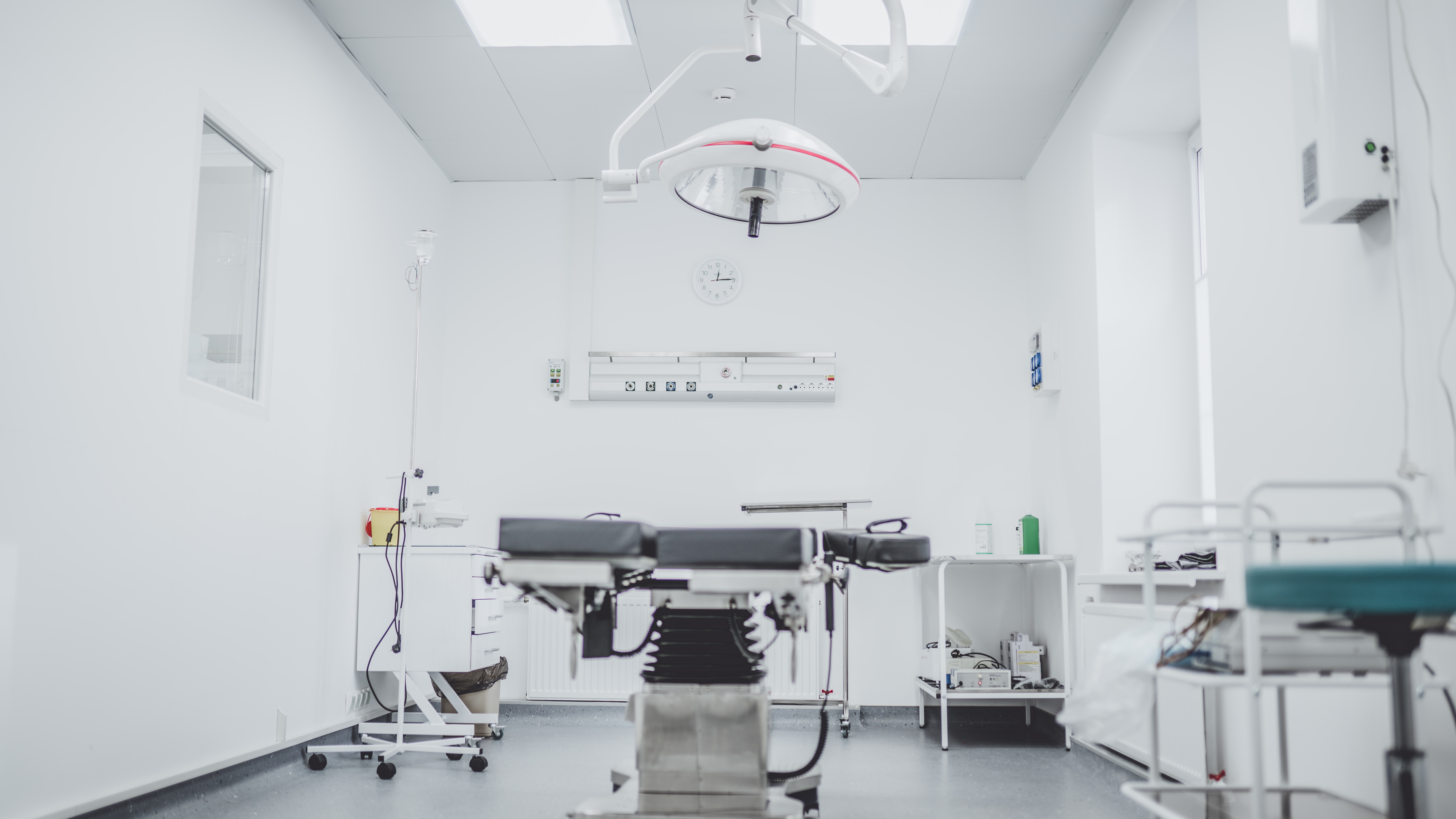
Foto von Arseny Togulev auf Unsplash
Brushless motors are used in surgical power tools to effectively reduce losses, improve safety and reliability, and increase the service life of the tools while reducing maintenance costs. There is significant potential for future development in this area.
In a brushless motor, electronic commutation is used, where the coil remains stationary and the magnetic pole rotates while sensing the position of the permanent magnet. Based on this sensing, the direction of the current in the coil is switched in a timely manner to ensure the generation of magnetic force in the correct direction to drive the motor. The absence of brushes in a brushless motor eliminates the generation of electric sparks during operation, greatly reducing interference with remote control radio equipment. Additionally, the motor operates with reduced friction, resulting in smooth operation, reduced noise and wear, and easier maintenance.
3. Specific requirements for different medical power tools.
Different surgical operations have specific requirements for power tools. Orthopedic saws, for example, need to be powerful, efficient, and lightweight. On the other hand, ENT, spine, and neurosurgery procedures necessitate high speed, precise control, a compact size, low temperature rise, and minimal noise/vibration. Additionally, surgical tools are exposed to harsh saline immersion during procedures and sterilization.
Currently, the main challenge in arthroscopic surgery equipment is the demand for high power, high speed, and high efficiency. These tools must be able to work effectively with varying patient tissue densities, such as bone or cartilage, to ensure smooth operation.
Power tools used for skin-related procedures must deliver maximum power and speed while occupying minimal space and having lightweight components.
Craniotomy surgery is extremely complex and requires exceptional precision and balance. Even the slightest vibration or shaking can impact the outcome of the surgical procedure. Therefore, power tools used in neurosurgery must have low vibration and perfectly balanced motors to enable fatigue-free work in all types of neurosurgical procedures.
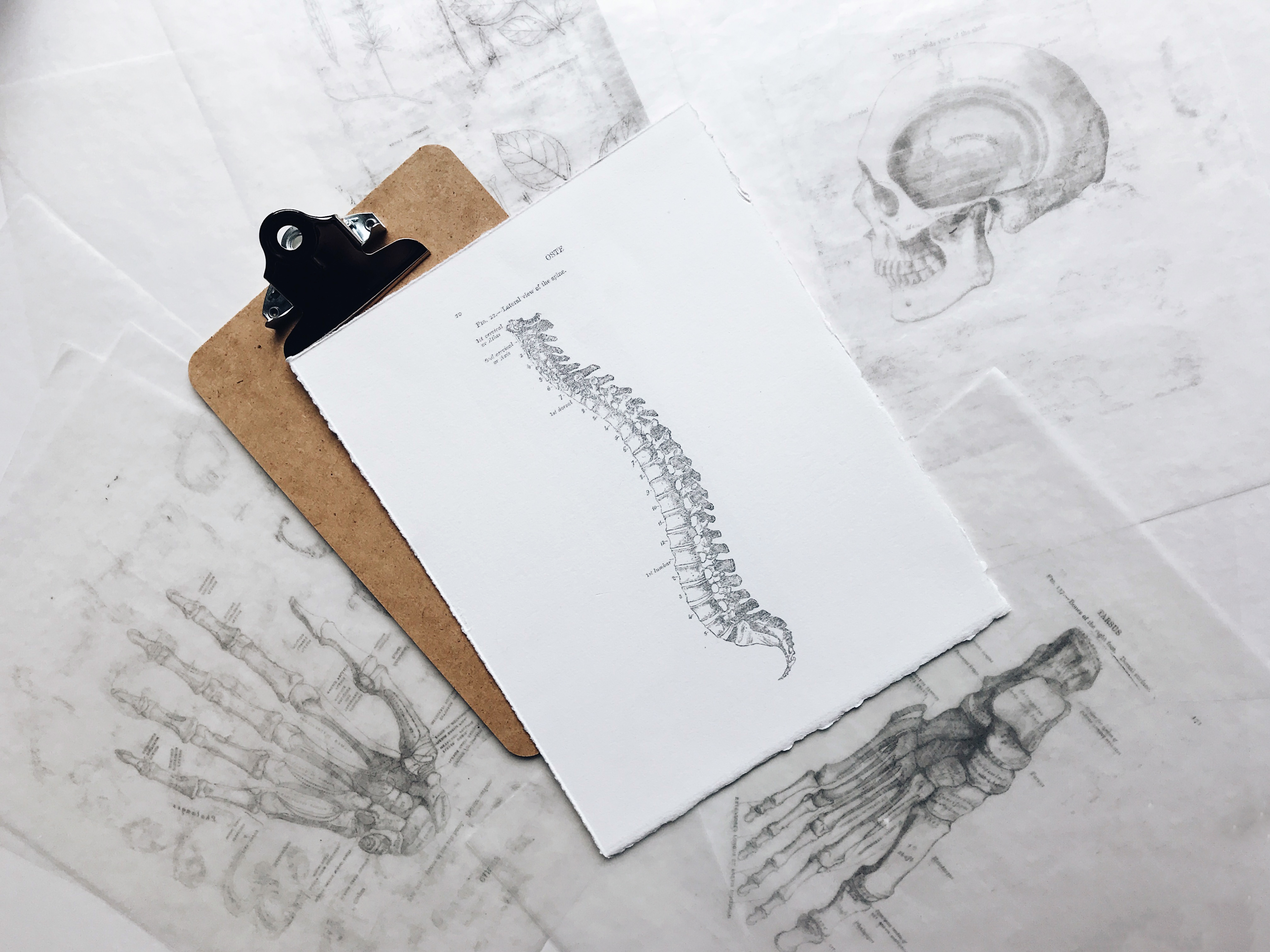
Foto von Joyce Hankins auf Unsplash
4. Categories and characteristics of AND Medical power tools
/8 series drill features
Imported brushless motor significantly improves service life.
Hollow coaxial design, can wear 4mm Kirschner wire.
High-speed low-torque trauma mode at 1100 rpm (torque 7 N) and low-speed high-torque joint mode (torque 20 N) can be switched with one button, one machine with dual functions.
In terms of trauma, it is especially suitable for intramedullary nail surgery, high-speed low-torque drilling and low-speed high-torque reaming.
/8 series saw features
Oscillating saw can switch between 12000 times/min and 10000 times/min with one key, suitable for different bone types.
The oscillating saw head rotates in eight directions, allowing the operator to find a more suitable cutting angle.
The saw blade adopts imported materials to finish the teeth, and the new cutting edge design reduces the cutting temperature and avoids high temperature heat damage.
/Characteristics of the battery
High-endurance, large-capacity, high-rate lithium battery, power display during work, alarm when the power is lower than 10%, and more peace of mind for surgery. At the same time, we also provide small batteries and small battery boxes, so that users can have more choices. Charger battery management design, voltage, current, battery percentage display. The number of charging times is displayed, which perfectly distinguishes old and new batteries. 80% fast charging design in 30 minutes, no delay in emergency rescue.
5.Confidence in quality and reputation
From the perspective of intellectual property rights, as of October 2019, AND TECH has obtained 95 patented technologies and 20 registered trademarks, including vertebral body support, sternal plate, percutaneous puncture device with biopsy function, medical polymer bone External fixation devices and spinal minimally invasive systems and other products. The core product technologies of AND TECH have all obtained national invention patents.
Product advantages: AND TECH has four core series of products, and the product types are rich and diverse. The products of AND TECH are divided into four series: trauma products, spine products, trauma care products and chest products. There are more than 100 different types and models of products, including external fixation systems, tributary orthopedic electric drills and saws, and vertebral bodies. External Fixation system, spinal internal fixation system, negative pressure drainage and wound protection materials, high-pressure pulse irrigation system, etc.
Quality certification: In 2010, the external fixator and orthopedic power system produced by AND TECH have successively obtained CE certification and ISO13485 certification. In 2012, AND TECH‘s vertebroplasty system obtained CE certification and ISO13485 certification successively. In 2014, AND TECH obtained a number of patents such as medical negative pressure sealing drainage device and multi-point negative pressure drainage device.
Post time: Jun-14-2023






